Written By: Brad Campbell | October 2, 2021
If you’re looking for ways to beef up security in your commercial building, you might come across different types of bulletproof doors being advertised online.
This can sound very enticing, but it’s important to understand what levels of ballistic protection are really available to you before you make any decisions. As always, we’re here to give you all the facts.
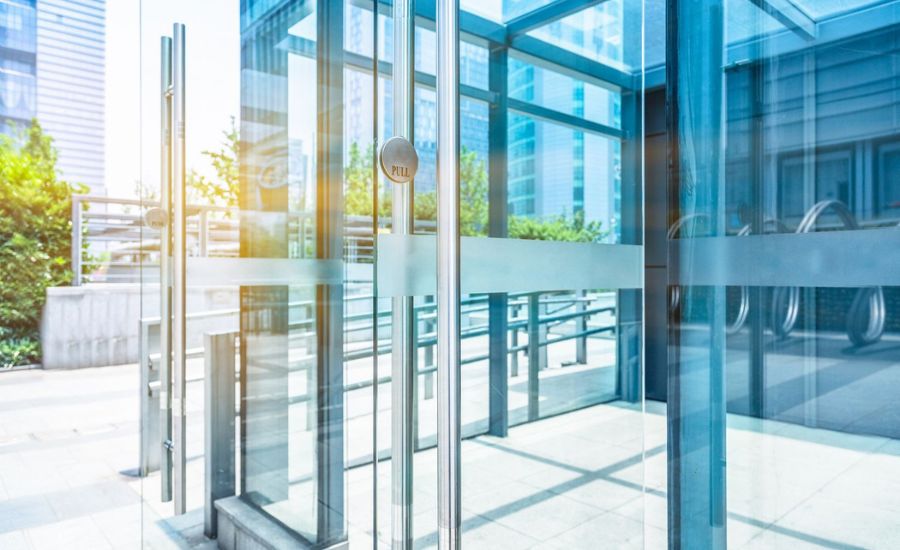
When companies advertise bulletproof doors, what they actually should be saying is bullet-resistant doors. This is because, no matter how strong a door is, it can eventually be penetrated by some type or quantity of ballistic rounds.
That’s why the term we prefer to use is ballistic doors, which means all the materials used to make the doors have some sort of ballistic resistance rating.
In our industry, the benchmark for bullet resistance is a UL 752 rating. These ratings range from level 1 to level 10, with the higher numbers indicating higher levels of ballistic resistance.
Each level of UL 752 rating indicates several key pieces of information, including what type of weapon the materials can resist shots from, what caliber/weight (grains) of rounds the material can withstand, and how many shots it would take for the material to be compromised.
See the chart below to get a better idea of what we are talking about:
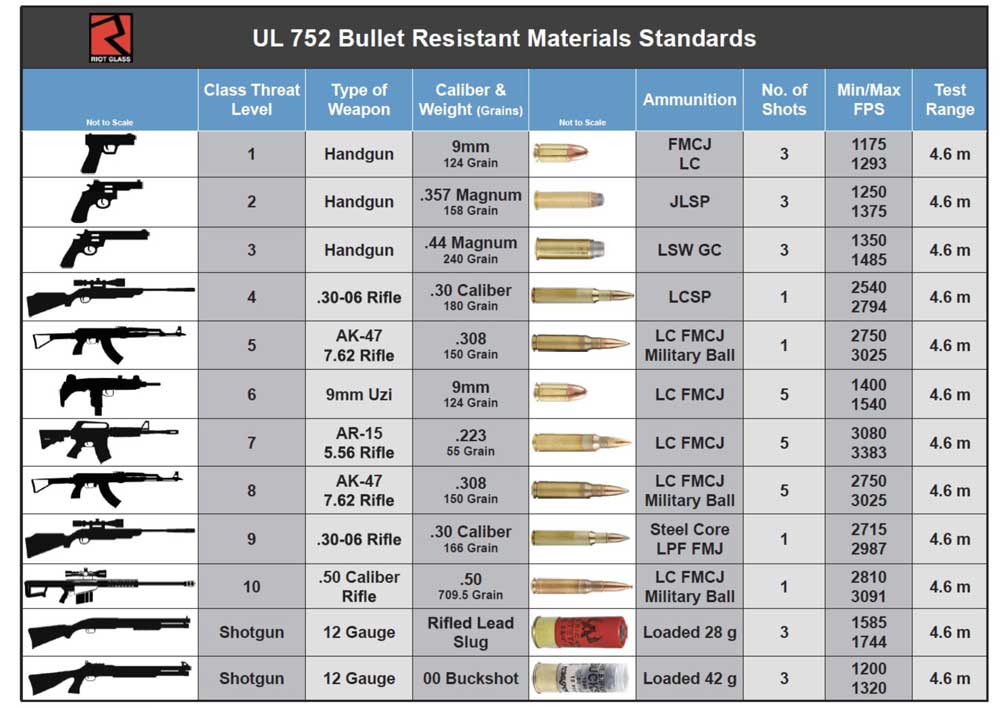
It’s also important to note that different parts of a door can achieve different ballistic resistance ratings.
For example, on a majority-glass door with aluminum framing, the glass can have a higher UL 752 rating than the surrounding framing, or vice versa (depending on the type of glass used).
So, although it’s possible for certain types of ballistic doors to achieve very high levels of bullet resistance, it’s incorrect to refer to them as bulletproof doors.
With everything from forced entry and burglary to active shootings to worry about, many commercial building owners are starting to look more closely at installing different types of ballistic-grade doors and windows in their facilities.
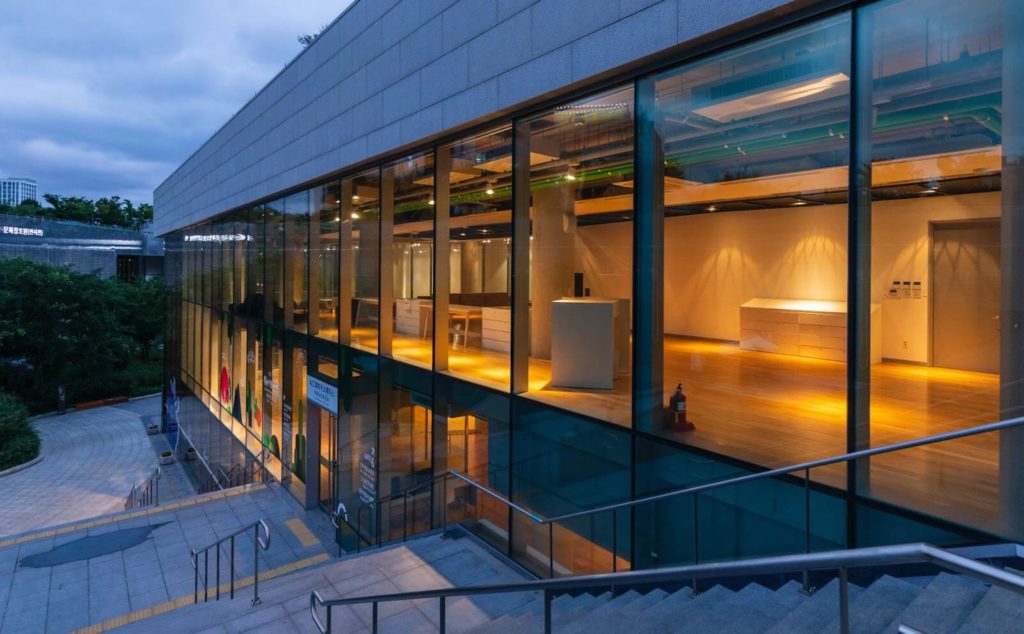
Types of commercial properties that can benefit from ballistic doors:
Essentially, anywhere where security is a concern, especially places where large numbers of people gather, is a good candidate property for bullet-resistant doors.
From schools and offices to places of worship and department stores, anywhere that groups of people gather is a potential target for an active threat.
The best way to prevent loss of life and make it easier for the police to neutralize an active threat threat is to stop the bad guys from getting inside a building in the first place. We call this access denial.
Alarms, door locks, and video surveillance are all great crime deterrents, but someone who just wants to get into a building and hurt people doesn’t really care about these things.
That’s why you need to create a physical barrier to forced entry to keep an active threat outside and keep people inside safe until the authorities arrive.
One efficient way to do this is by retrofitting commercial doors with ballistic-grade security glass and security framing. That way, an active threat can just shoot out a pane of glass and open a door from the inside.
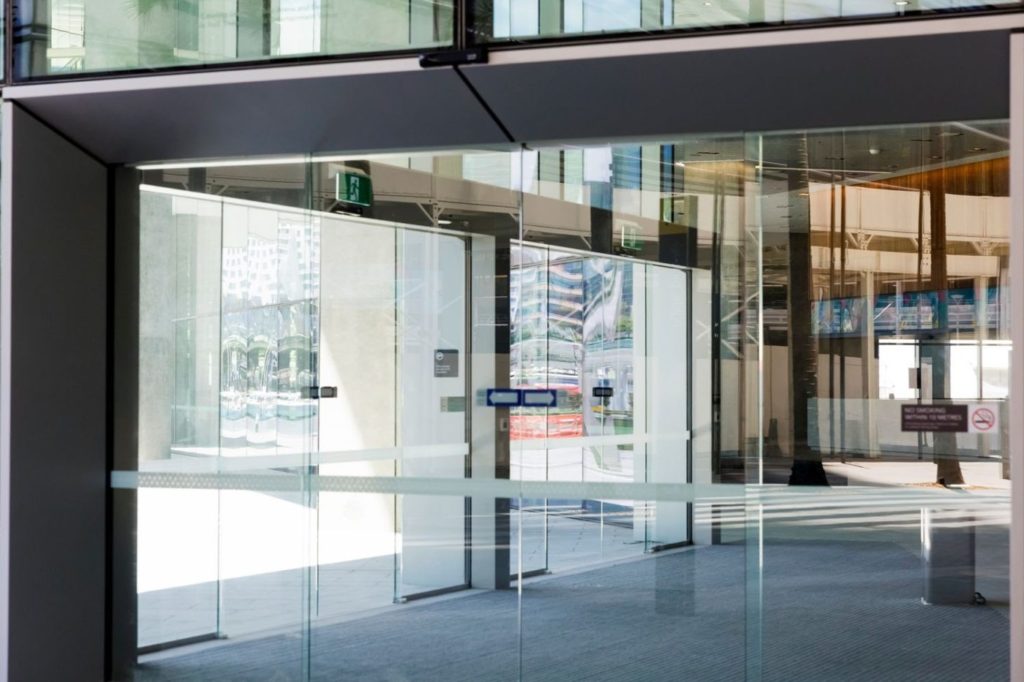
Even if the chances of an active threat targeting your property are low, bullet-resistant doors still provide the highest level of protection against other types of forced entry, including:
If ballistic doors can stop bullets, just imagine how hard it would be for someone to smash or pry their way through one with a hammer, a sledgehammer, a crowbar, or any other burglary tool.
That’s why we even recommend considering bullet-resistant doors for luxury retailers that specifically want to prevent these types of crimes from hitting their business hard, as we’ve seen happening a lot more on the news recently.
Considering the fact that most commercial doors have a glass component to them, installing thick enough security glass to make them bullet resistant is often not a practical option.
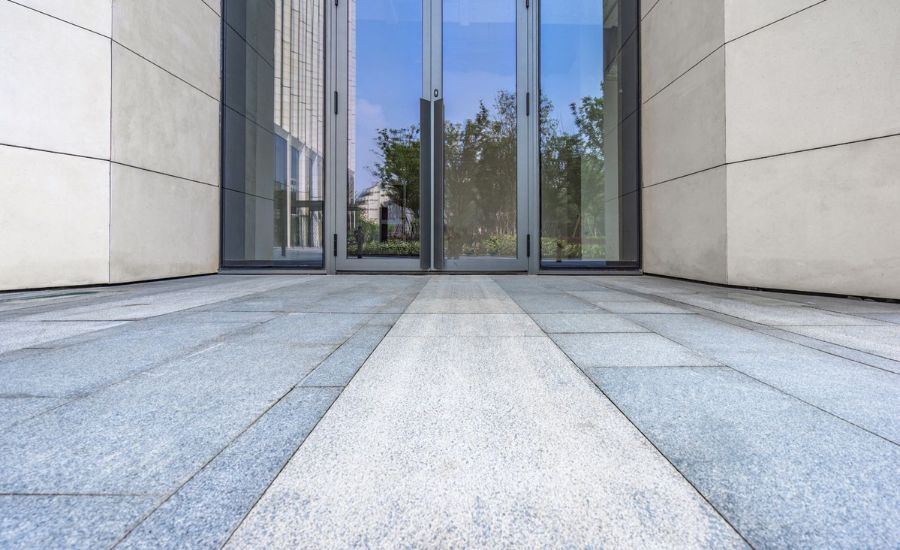
However, there is an alternative: our ArmorPlast AP line of polycarbonate security glazing can provide ballistic resistance up to a UL 752 Level 7 rating — in glazing panels a fraction of the size of laminated security glass with comparable bullet resistance ratings.
This means that you can use ArmorPlast® for almost any commercial application without the need to replace the existing glass and framing.
ArmorPlast ballistic-grade security glazing can be retrofitted (over glazed) onto your existing doors and windows, protecting them from ballistic impacts and forced entry.
ArmorPlast ballistic-grade polycarbonate glazing shields come in the following models:
Additionally, there are the following two non-ballistic options available:
Truly bulletproof doors for commercial applications may not exist, but that doesn’t mean you can’t use ballistic-grade security glazing to reinforce your property’s doors and windows and provide some level of bullet resistance.
Retrofitting a building’s doors and windows with bullet-resistant glazing and security framing can make all the difference during an active threat scenario or a forced entry attempt — denying entry, protecting people, and giving the police time to arrive and deal with the threat.
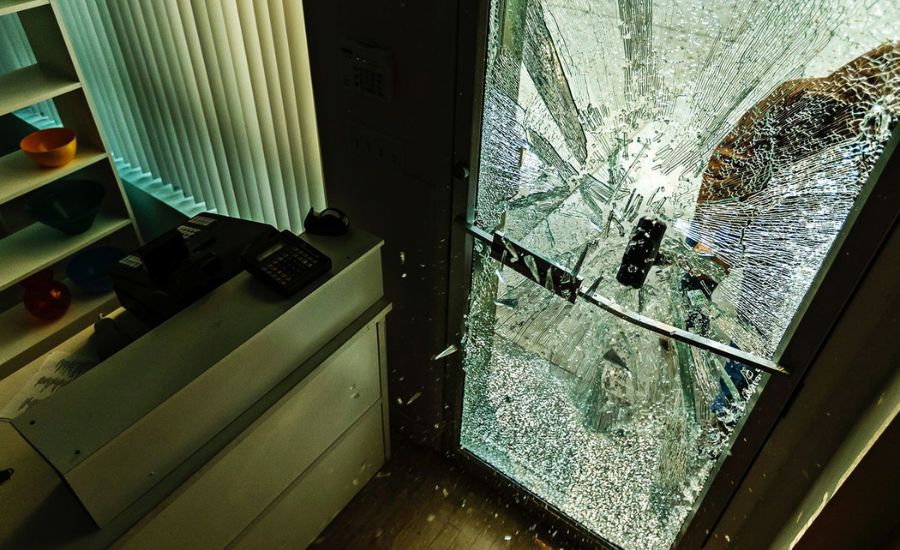
For more information about Riot Glass LLC’s ballistic doors and windows, contact us now. We are a full-service security glass consultation and manufacturing company, with years of experience protecting people and property from the bad guys. So, give us a call today!

HOW CAN WE HELP YOU?
